Sheriff reveals deadly realities of illegal immigration across US southern border
Nearly 100 bodies have been recovered this year at a border county in Arizona.
Thousands of miles from Washington D.C. in Pima County, Arizona, Sheriff Mark Napier works on the front lines of the border crisis.
He showed “Nightline” a section of the border barrier that “was and still is a major drug trafficking and human trafficking corridor,” he said.
“We know that somebody came here with a kid,” he said, pointing out refuse along the barrier. “There’s children’s clothing, diapers, a small container of baby oil.”
From there, people traversing the desert would have 40 miles to go before “they get to something that would resemble civilization where they can be picked up by somebody else,” Napier said.
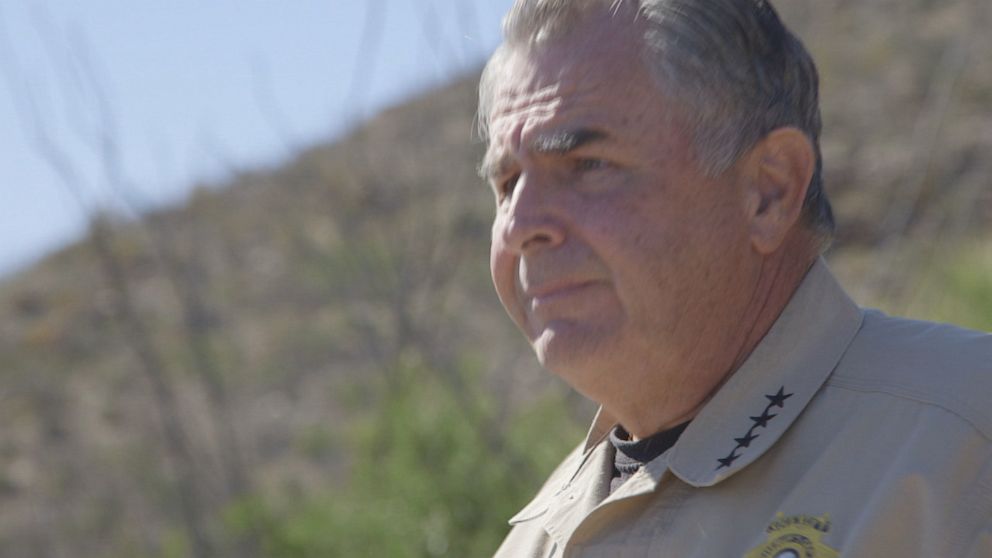
For more than three decades, this has been Napier’s home -- the largest border county on the southern border.
Watch the full story on "Nightline" TONIGHT at 12:35 a.m. ET on ABC
On the national stage, what happens here has become a political flashpoint. Just this week, President Donald Trump touted his campaign promise of building a wall at the U.S. southern border while speaking south of San Diego.
“It's a very powerful, very powerful wall, the likes of which probably to this extent has not been built before,” Trump said while showing off a portion of the 30-foot-tall bollard wall. “Plus it's designed to absorb heat, so it's extremely hot. The wall is, you won't be able to touch it. You can fry an egg on that wall. It's very, very hot.”
It’s the latest in a debate that’s dominated headlines and divided the country. But for the lifelong Republican sheriff, the border is much more than a policy dispute.
“The border is clearly a public safety threat to my county because of the drug and human trafficking that comes across that border,” Napier said. “Public safety's not a partisan issue, it's not a political issue. It's quality of life, it's a human condition issue. So partisanship and political ideology should not intersect [with] what I do to maintain public safety in my county.”
Napier said that in Pima County, in “some places, the only way to get to those areas are by air or hiking.”
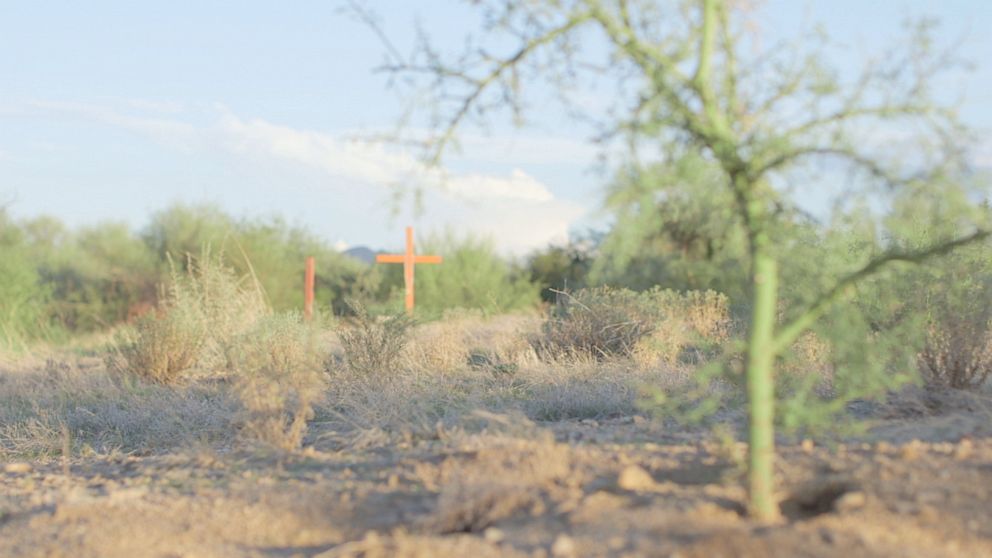
Within a few miles of the international border, Napier noted that there’s “very undeveloped land -- vast expanses of desert areas that somebody coming to this country between the ports of entry have to navigate.”
“My deputies do recover almost 100 bodies a year in the deserts of this county,” he said. “That taxes our resources, but it also pulls at my strings from a humanitarian standpoint.”
Chief Medical Examiner Greg Hess and his team work to identify remains recovered in the desert -- a grim situation that he said has worsened since the early 2000s.
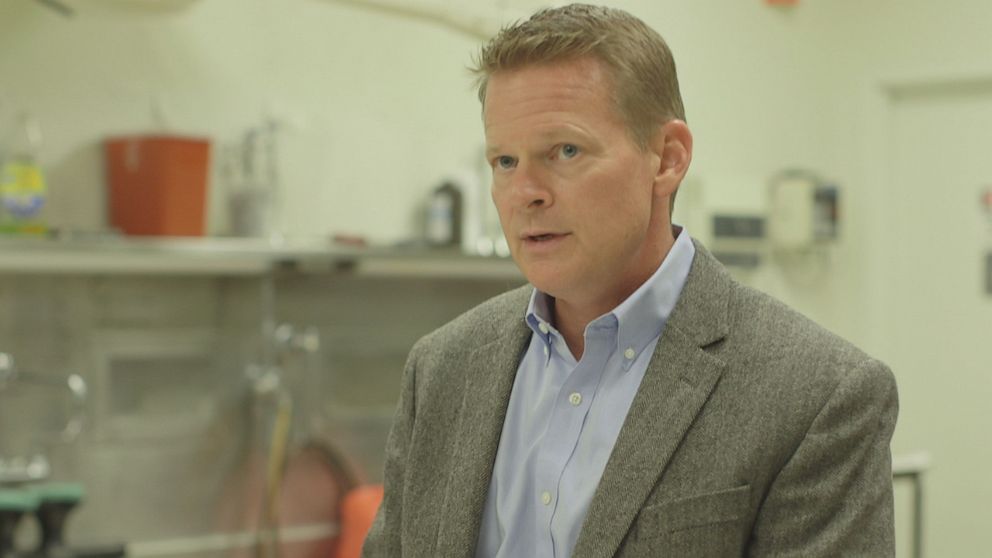
“So far this year...to date in 2019, we've recovered 92 suspected undocumented border cross remains,” Hess said. “We went from...75 [remains recovered] in the year 2000. In 2001, it was 77. In 2002, it was 145.”
The incomplete remains of an unidentified migrant discovered earlier this year laid on Hess’ exam table.
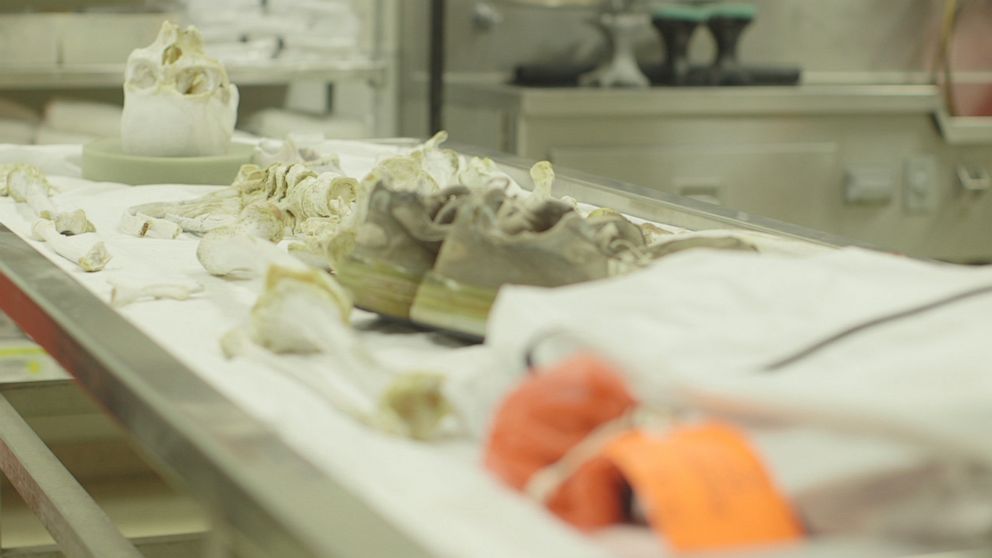
“That was somebody's father, that that was somebody's brother, somebody's son,” Napier said. “That's a human being, and a human being probably driven by very desperate decisions in their home country to make a very dangerous and illegal ingress in the United States that cost them their lives.”
Napier said Trump was correct in that “we need to secure our southern border.”
“I do understand the desperation,” Napier said of those who cross the border. But he added that it’s not safe. “Do not come into this country illegally because you’re going to [be] victimized by criminals [and] by the environment.”
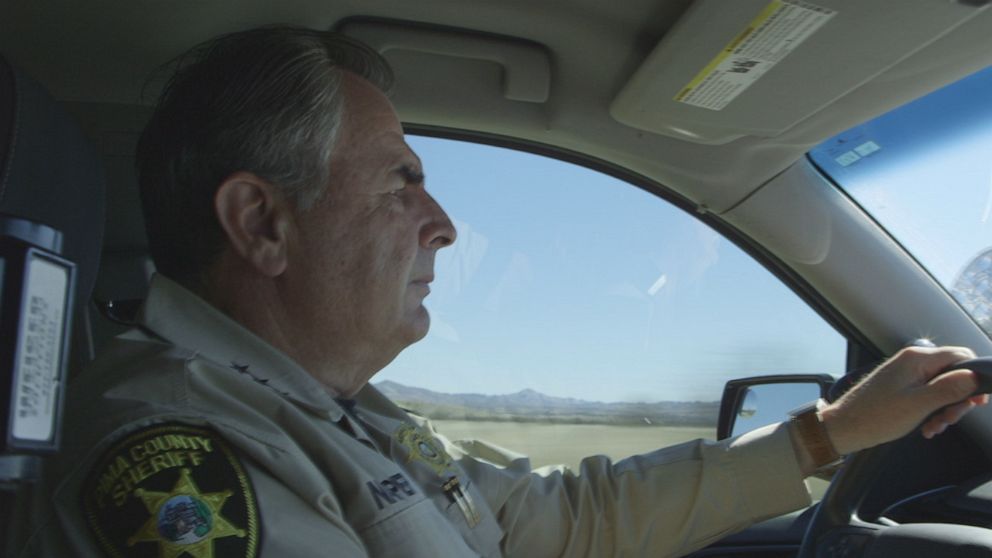
The vast majority of immigrants have entered the country legally, including asylum seekers like Angel Ramos.
Last year, Ramos and his son Fernando fled Honduras. Like many Central American families, they say they had no choice but to take the risk.
“There, everything is controlled by gangs. And, well, now that you’re older, they want you to sell drugs, to do so many things… I didn’t want to do it,” Ramos told “Nightline” in June.
“My son is the most precious thing for me [so] I didn’t want to be involved in those bad things,” Ramos said. “You can imagine my son. How is he going to grow up without a father? Because over there, if you do something bad, they kill you.”
The father and son made the perilous three-month journey on foot, bus and train to reach the U.S. border.
Unlike the hundreds of thousands who have crossed into the U.S. illegally, Ramos said he wanted to do it the right way -- petitioning for asylum to U.S. immigration officials at the Nogales Port of Entry.
After a few days, immigration officials released Ramos and his son at a Tucson, Arizona, shelter. The two are allowed to stay in the U.S. as their asylum case makes it through the courts.
But new policies under the Trump administration are making it harder for asylum seekers like Ramos to seek refuge.
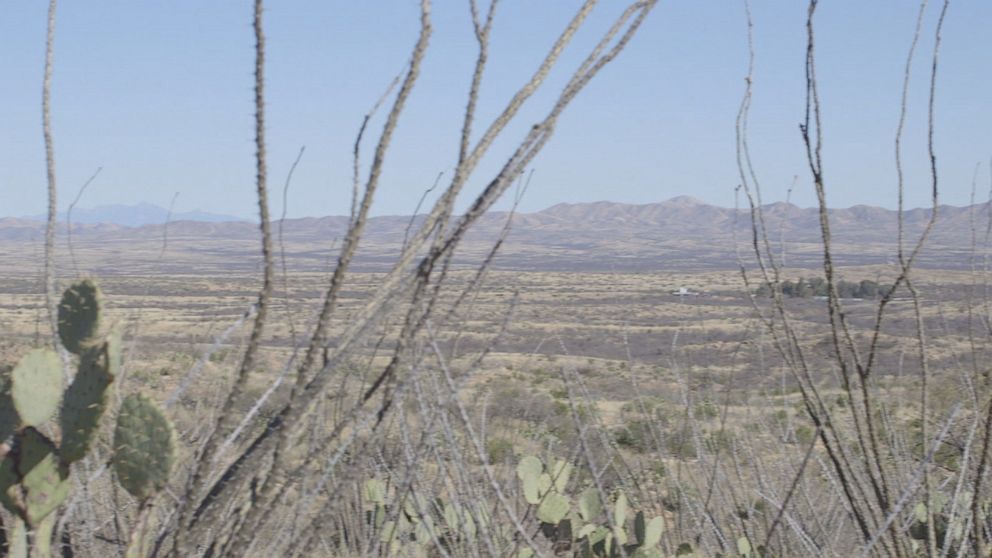
While immigration dominates headlines, another constant concern on the border is stemming the flow of illegal drugs, the majority of which pass through legal ports of entry.
Sergeant Patrick Hilliker is with the Border Interdiction Unit at the Pima County Sheriff’s Department.
“We are usually directly involved in finding, or assisting other agencies in finding, hundreds of pounds a year,” Hilliker said. “You can imagine how much is probably getting through and how much is actually in this country right now.”
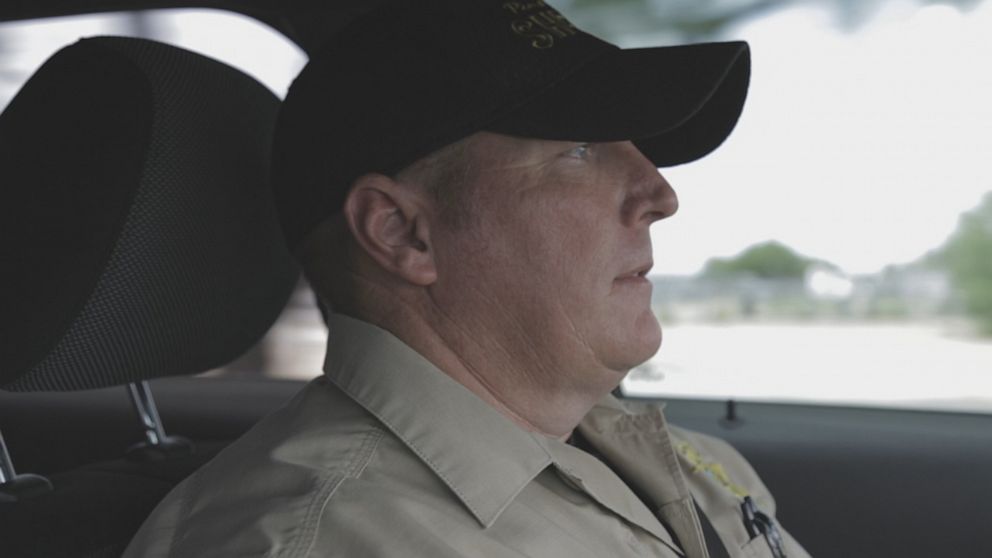
Hilliker showed “Nightline” what he said was approximately 14 pounds of heroin that had been seized.
“This one, in particular, you can see they're in vacuum-sealed bags and that's to contain the smell and make it so the dogs don't smell it.”
The southwest border has long been the primary entry point for heroin. In 2017, nearly 1,000 pounds of heroin came through the Tucson sector.
“Nightline” joined Hilliker and some of his team to stake out what they believe is a “stash house.”
“If they see something that looks like there's some smuggling going on, we’ll go try to stop the vehicle and talk with them,” Hilliker said.
“Any way you can think of smuggling narcotics into this country, it’s been done,” Hilliker added. He listed drugs that were found inside of car “radiators, fake battery compartments [and] fake flooring. They’ll take everything out of the vehicle and put in a fake floor, reweld it, put carpet back over it…put the seats back on and it’s very difficult to find.”
Traffickers not only use any method necessary to do business, they also use smugglers from all walks of life.
“They will pay people into bringing this stuff up and it's quick money,” Hilliker said. “Sometimes, there's elderly people that are doing it, younger people, different nationalities, different citizenships.”
“The opiate addiction is a public health emergency,” Napier said. “This is really the front line of a national issue, right here in our counties. But we have to bifurcate the issue of illegal immigration from transnational crime. They're not exactly the same thing, although they intersect one another once in a while.”
For Napier, these aren’t faraway threats but realities in his backyard -- nuances too often lost in the noise.
“We need to secure our border for public safety reasons, national security reasons and human rights reasons,” Napier said. “No one can argue past those three points. Let's get it done.”




